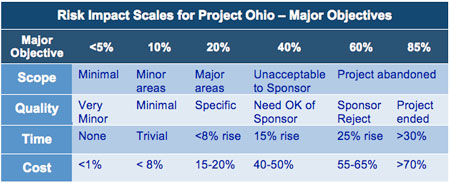

The history of a stock's returns, measured for any time interval, is likely to consist of only a fraction of the returns from the stock, which will subject the study to sampling error. Probability distributions can also be applied to construct cumulative distribution functions (CDFs), taking the cumulative probability of occurrences, always beginning at zero and ending at 100%.Īcademics, financial analysts, and fund managers will calculate the probability distribution of a given stock to assess the potential expected returns the stock can produce in the future. The process is known as the probability density function. Usually, any phenomenon's method of producing data can determine its probability distribution. Probably, the most common probability distribution is the normal distribution, or "bell curve," though there are several commonly utilised distributions. How Does the Probability Distribution Function? These variables include the mean (average) distribution, standard deviation, skewness, and kurtosis. Still, it depends on a variety of variables precisely where the potential value is likely to be calculated from the probability distribution. This range is bounded between the minimum and maximum possible values. What is Meant by Probability Distribution?Ī probability distribution refers to a statistical function defining all the possible values and probabilities that a random variable will take within a given range.


 0 kommentar(er)
0 kommentar(er)
